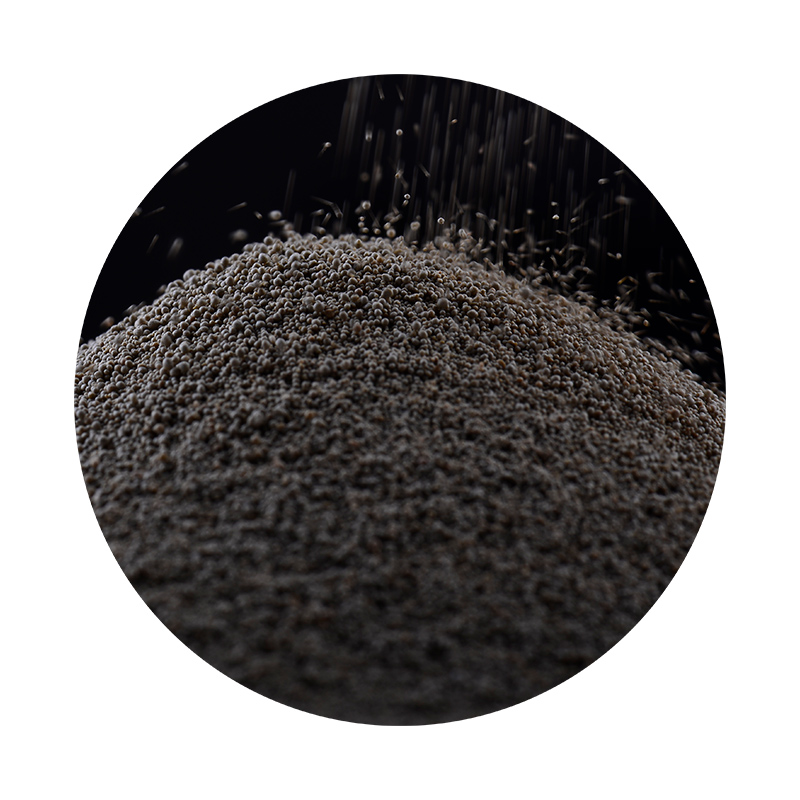How to Sand Resin A Comprehensive Guide
Sanding resin can be an intimidating task for many DIY enthusiasts and artists, but with the right techniques and tools, you can achieve a smooth, polished finish. Whether you are working with epoxy resin for a craft project, a tabletop, or even jewelry, understanding how to sand resin properly can elevate the quality of your work. In this guide, we’ll explore the steps to effectively sand resin, ensuring you achieve the best possible results.
Understanding the Basics
Before you dive into sanding, it’s essential to understand what type of resin you are working with. Epoxy resin, polyester resin, and polyurethane resin all require slightly different approaches, but the general sanding principles remain the same. Make sure your resin project has fully cured before you begin sanding. Typically, this means letting it cure for at least 24 hours or longer, depending on the manufacturer’s instructions.
Tools You’ll Need
To get started, gather the following tools
1. Sandpaper Different grits are essential for a smooth finish. Start with a coarse grit (60-100) for rough sanding, progress to medium grit (120-220), and finish with fine grit (400-600) for polishing. 2. Sanding Block or Sponge A sanding block can help provide even pressure across flat surfaces, while sanding sponges can conform to curves and contours.
3. Water Wet sanding is highly recommended for resin, as it minimizes dust and helps achieve a smoother surface.
4. Safety Gear Always wear a dust mask and goggles to protect your eyes and lungs from fine particles.
The Sanding Process
Step 1 Initial Rough Sanding
Start with your coarse sandpaper (around 60-100 grit) to remove any major imperfections, such as bumps, drips, or uneven areas. If you are sanding a flat surface, use a sanding block to maintain even pressure. For curved or detailed areas, a sanding sponge may be more effective. Keep the surface hydrated if you are wet sanding; this will reduce the dust created and help the sandpaper work more effectively.
how to sand resin

Step 2 Progress to Medium Grit
Once the rough areas are smoothed out, switch to medium grit sandpaper (120-220). This step is crucial for blending the surface and reducing the visibility of any scratches made by the coarse grit. Continue to sand until you achieve an even surface, taking care to keep the area damp to avoid clogging the paper.
Step 3 Final Fine Grit Sanding
Switch to fine grit sandpaper (400-600) to refine the finish of your resin piece. At this stage, your goal is to eliminate any remaining scratches and enhance the clarity of the resin. If your project demands a glossy finish, wet sanding with finer grits will provide a much smoother surface.
Step 4 Polishing
After sanding, you may notice that the surface lacks the shiny gloss typical of well-finished resin. To restore that luster, use a resin polish or a fine polishing compound. Apply the polish with a soft cloth or a buffing wheel, working in small circular motions until you achieve the desired shine.
Tips for Success
- Take Your Time Sanding resin is a process that requires patience. Rushing can lead to uneven surfaces or damage to your piece. - Keep it Wet Always keep the resin surface moist while sanding. It’s not only healthier but produces a better finish.
- Be Mindful of Heat Excessive pressure can generate heat, potentially causing the resin to melt or become tacky. Use light pressure, especially when sanding finer grits.
Conclusion
Sanding resin, while challenging, is a skill that can dramatically improve the appearance of your finished projects. By following these steps and using the right tools, you can master the art of sanding resin, leading to beautiful, professional-looking results. Happy crafting!
Post time:دېكابىر . 13, 2024 01:17
Next:foundry sand meaning
